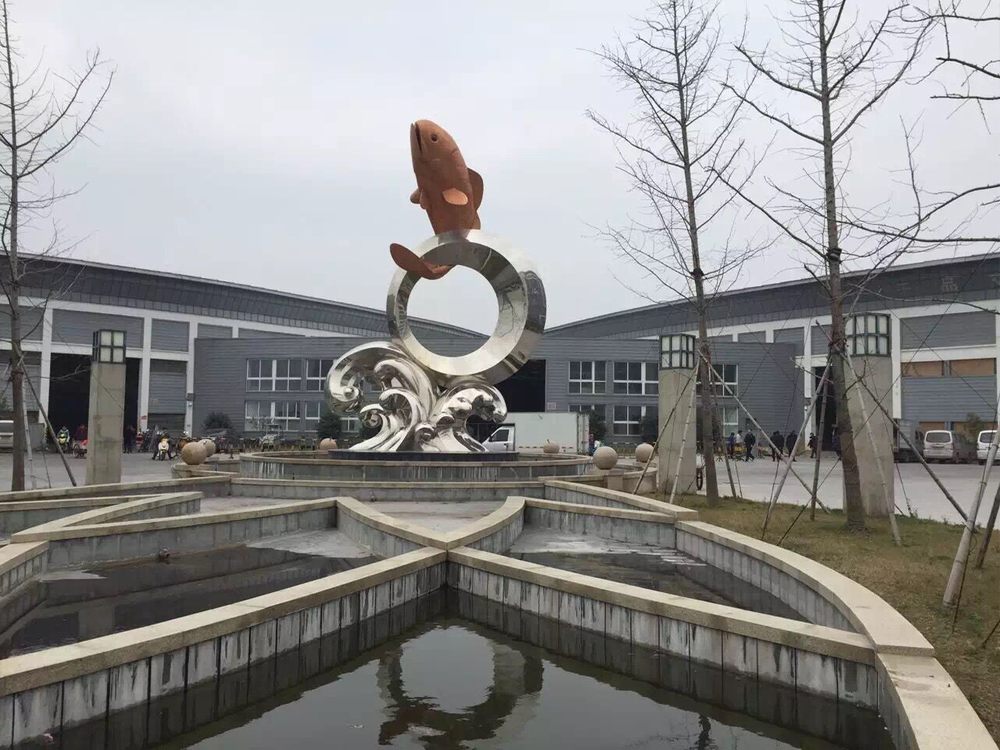
Metal sculptures have long been a staple of public and private art collections, but not all are created equal. Static and motion-activated metal sculptures offer distinct experiences, each with unique artistic and functional qualities.
Static Metal Sculptures are fixed in form, relying solely on their design, material, and placement to convey meaning. These pieces are often prized for their durability and timeless appeal, making them ideal for traditional gardens, museums, or urban landscapes. Their lack of movement allows viewers to focus on intricate details and craftsmanship.
Motion-Activated Metal Sculptures, also known as kinetic sculptures, incorporate movement—either through wind, mechanical systems, or interactive sensors. These dynamic pieces engage audiences by changing shape or position, creating an ever-evolving visual experience. They are popular in modern art installations, public spaces, and interactive exhibits, where motion adds a layer of unpredictability and excitement.
Key differences include:
- Interaction: Static sculptures are passive, while motion-activated ones respond to environmental or human input.
- Maintenance: Kinetic sculptures may require more upkeep due to moving parts.
- Artistic Impact: Static works emphasize permanence, whereas kinetic pieces highlight change and fluidity.
Whether you prefer the steadfast elegance of static metal art or the lively energy of motion-activated designs, both forms offer unique ways to enhance spaces and inspire viewers.

